Should I have my baby boy circumcised?
The choice to circumcise a penis (that is surgically removing the foreskin (prepuce) that surrounds the head of the penis) is a personal one, often rooted in deep-set religious or cultural norms. Today New Zealand circumcision rates are estimated to sit around 10% of male babies. As mentioned, it is usually related to cultural significance, so circumcision rates in other countries can vary hugely – circumcision rates in the States sit around 60%.
The Australasian College of Physicians states that “there is no medical indication for routine neonatal circumcision.” However, it is up to individual parents, so it is important that the operation, it should be done by a competent surgeon, using appropriate anaesthetic in a safe, child-friendly environment.
Circumcised penises
Your baby will have petroleum jelly and gauze on his penis. You may soak off the gauze dressing after 24 hours or so, after a bath. Some caregivers then recommend putting petroleum jelly on the sensitive site for a few days, to help reduce any stinging from urination. When you change each nappy, gently wash around the penis with clean, warm water. Avoid rubbing. Some spotting of blood is normal for the first few nappy changes.
Infection is rare, but signs of an infection might include persistent redness, swelling at the tip, crusted sores, or odour. Call your doctor immediately if you notice any of these.
Once the wound heals, simply wash the penis with soap and water. Avoid bubble baths, which can be drying and cause irritation.
Uncircumcised penises
There’s no special care needed for an uncircumcised penis beyond washing the outside with soap and water.
Until the foreskin is retractable (often not until puberty), don’t try to clean under it.
Change your son’s wet or dirty nappies as soon as possible to reduce the risk of infection.
This article has information from sources including City Med and Southern Cross

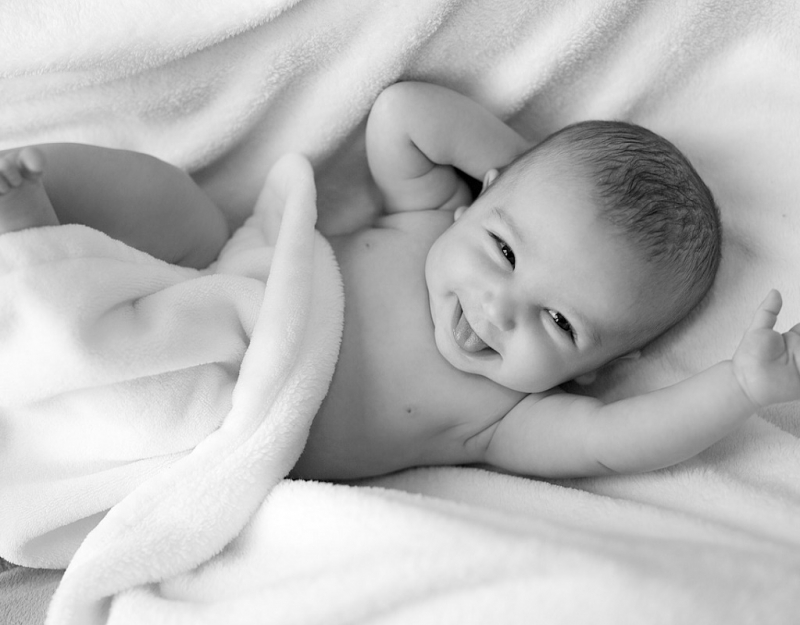

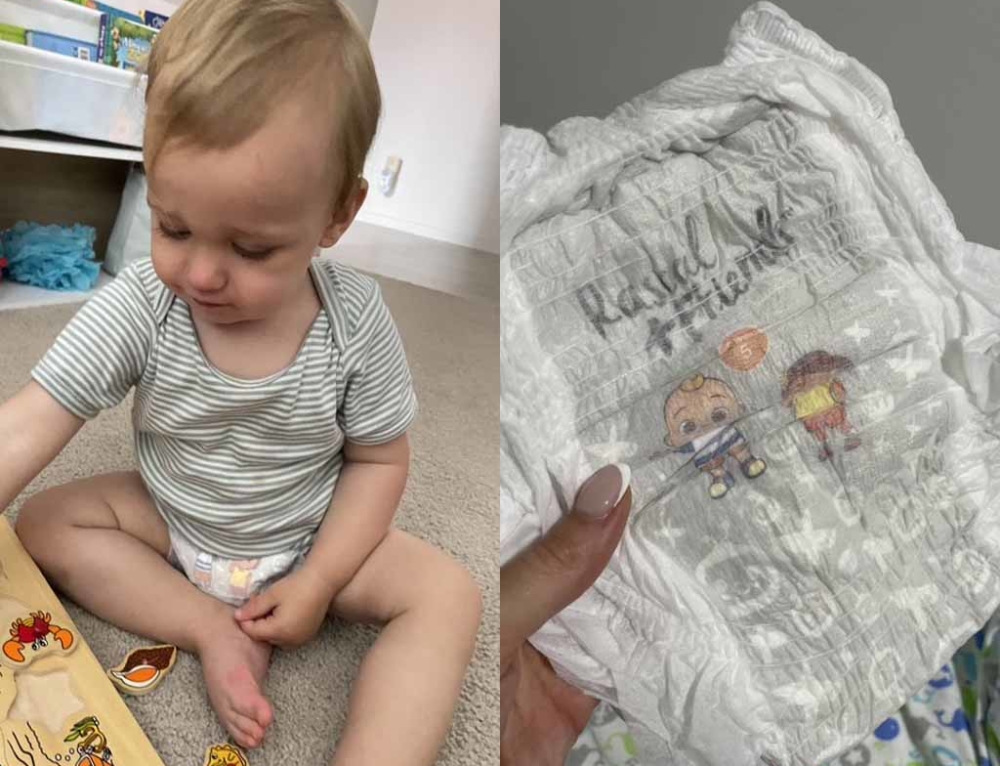
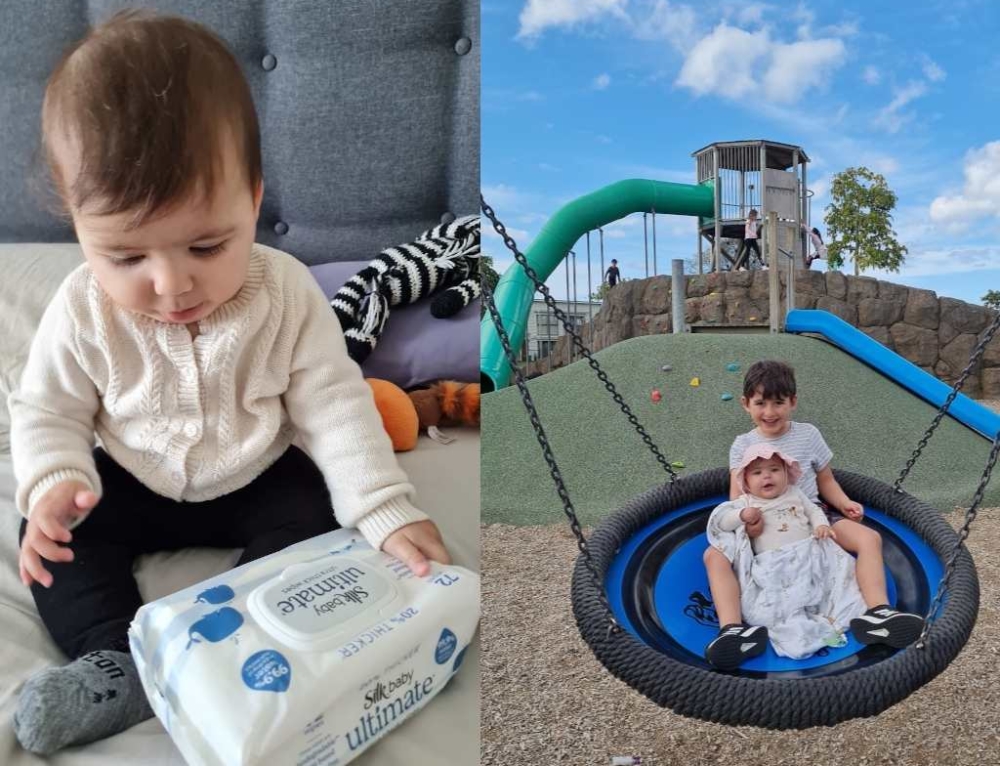
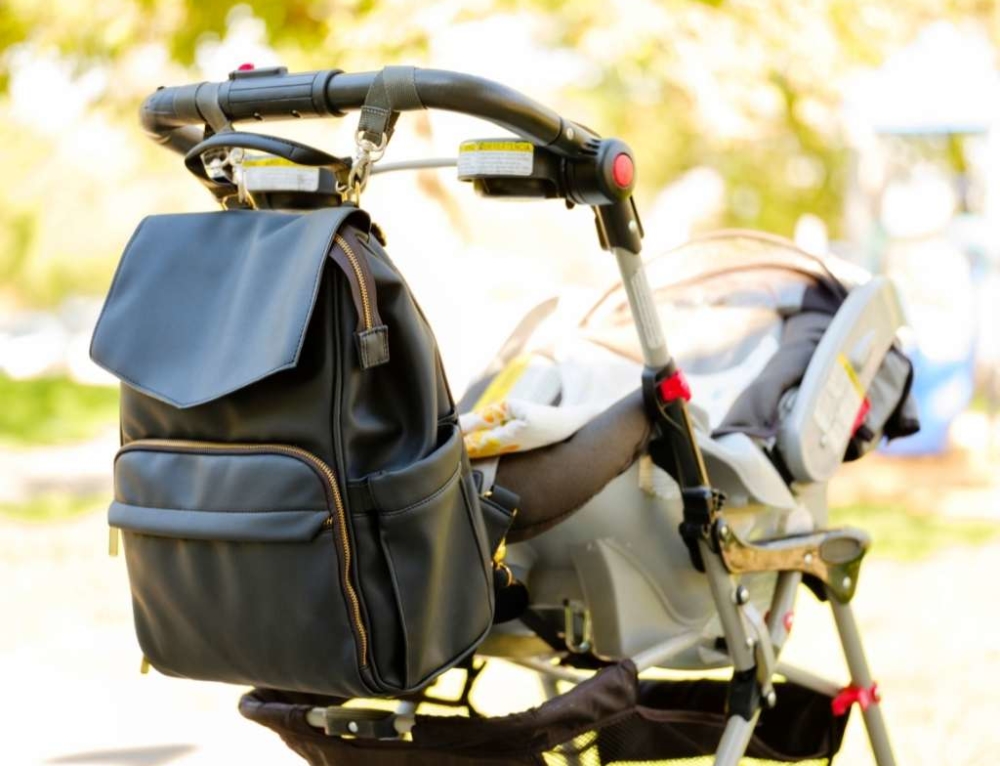
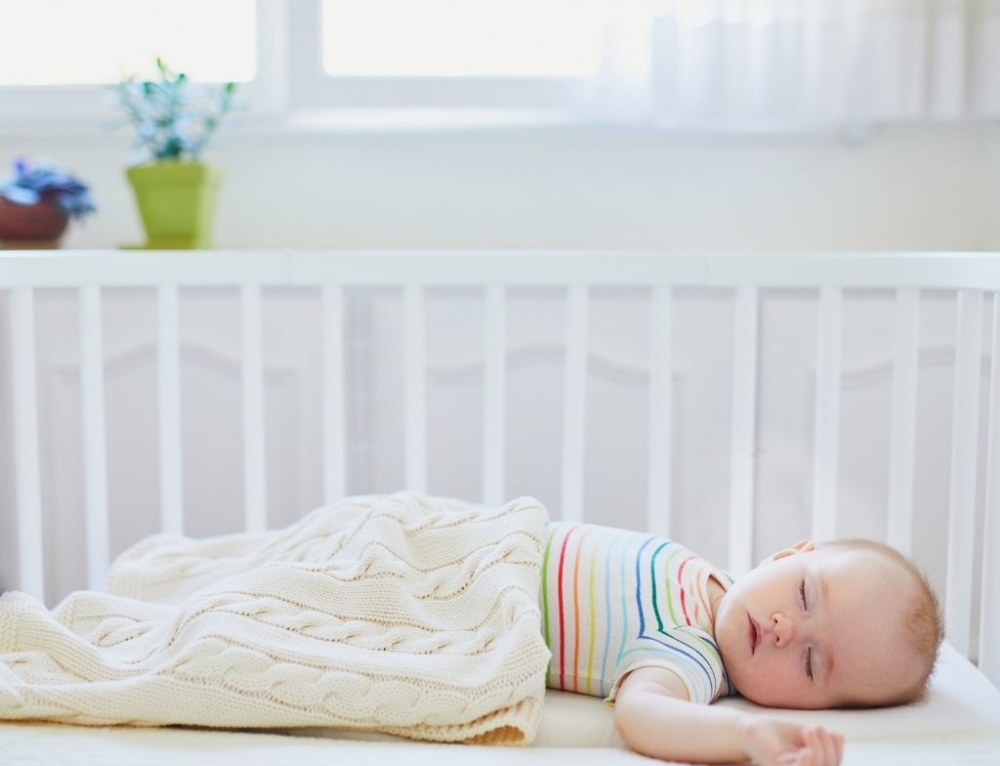
Leave A Comment
You must be logged in to post a comment.